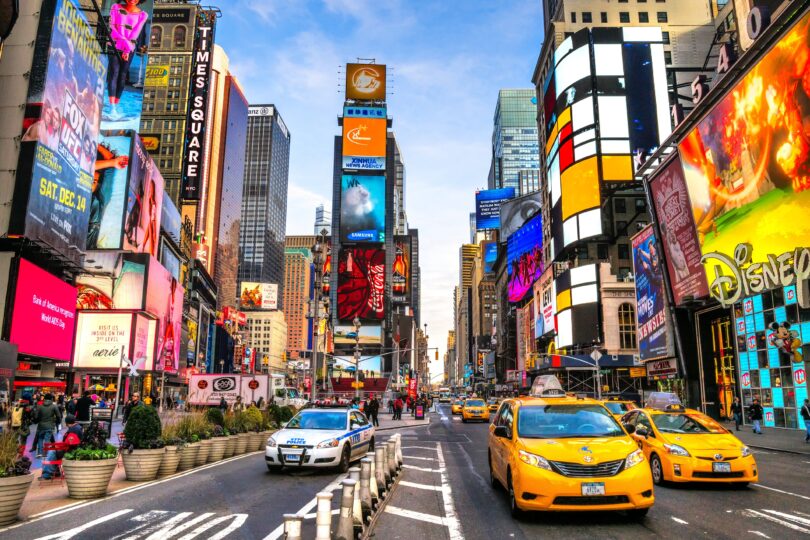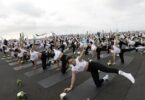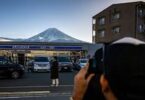NEW YORK (DPA) : In the early 20th century, The New York Times erected a skyscraper on 42nd Street in Manhattan, nestled between 7th Avenue and Broadway.
One hundred twenty years ago, on April 8, then-Mayor George McClellan sanctioned a resolution, formally redesignating the elongated triangular intersection north of the building as “Times Square.”
The following morning, the headline of the namesake daily newspaper proudly proclaimed, “Times Square is the Name of the City’s New Center.”
The Times soon moved on
Long Acre Square was the original name of today’s Times Square, owing to its history as a carriage neighborhood similar to one in London. However, as cars and skyscrapers like the New York Times building arrived, the name “Times Square” better reflected the evolving era.
In 1913, the New York Times moved west, and in 1961, it sold the One Times Square tower. Despite mainly being vacant for years, the tower remains an iconic landmark. Plans now aim to transform it into a museum with a viewing platform amidst the square’s vibrant atmosphere of news tickers and colorful advertising screens.
The dazzling lights of Times Square, visible from afar, result from these screens and the constant flow of nearly 400,000 daily visitors, tripling on New Year’s Eve for the famous ball drop celebration. This global event captures millions of eyes, both in the square and on screens worldwide, making Times Square a perpetual beacon of excitement and spectacle.
Different times in the ’80s
Times Square is always bustling, not just on New Year’s Eve. After its renaming, the area evolved into a thriving theatre district, home to numerous underground lines and Broadway’s vibrant scene.
Despite its glory, Times Square faced a period of decline associated with issues like drugs, crime, and adult entertainment venues. In the 1980s, the city began revitalizing the area into a pedestrian-friendly zone.
This transformation fueled the Broadway theatre scene’s resurgence, with hit shows like “The Lion King” and “Hamilton” drawing crowds nightly. Tourists flock to the area for street performers and attractions like the Broadway Museum.
During the pandemic, Times Square experienced an unusual calm, offering a unique experience like Max Neuhaus’s sound installation “Times Square,” showcasing a different facet of this iconic location.
‘The worst neighborhood in the world’
“We want Times Square to be a hub that captures and celebrates our culture, in every sense of that word,” says the Times Square Alliance neighborhood association.
“We want it to be a vibrant and democratic public space that exemplifies the civic, cultural, and commercial life of our city and of all great urban places. We want it to be a place by, of, and for New Yorkers that we can then proudly share with the rest of the world.”
That’s why, in addition to the big New Year’s Eve party, the association organizes art events, weddings, engagements on Valentine’s Day, and even mass yoga classes in the middle of the square to mark World Yoga Day in June.
However, the square has become a tourist trap for many New Yorkers. Although many have to use the crowded transport hub frequently, for example, on the way to work or the theatre, very few really enjoy doing so voluntarily.
One city magazine advised locals that if they happen to be in Times Square and bump into a friend, they should say they are only there for “research purposes” and then quickly disappear again.
Some even wish for the time before the square was clean and traffic-calmed, like the famously critical author Fran Lebowitz: “Times Square is the worst neighborhood in the world.”







